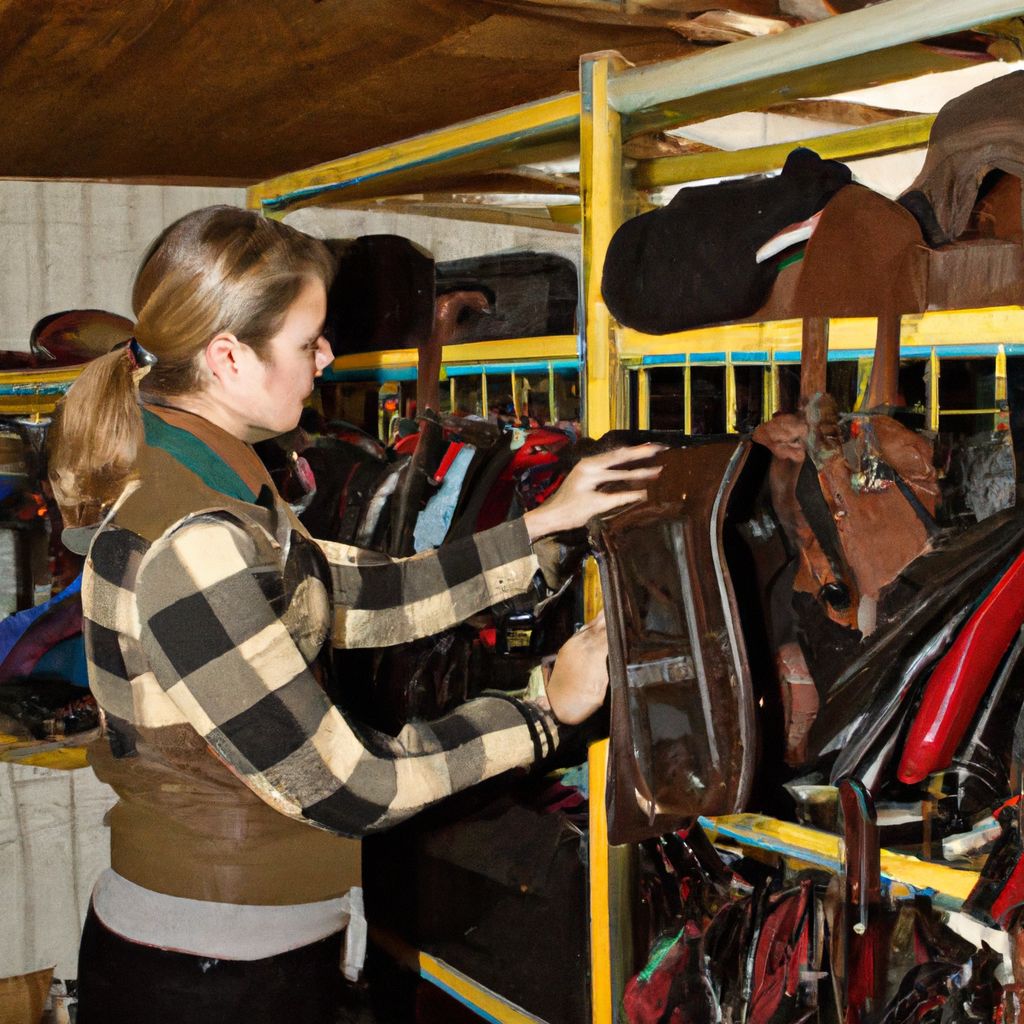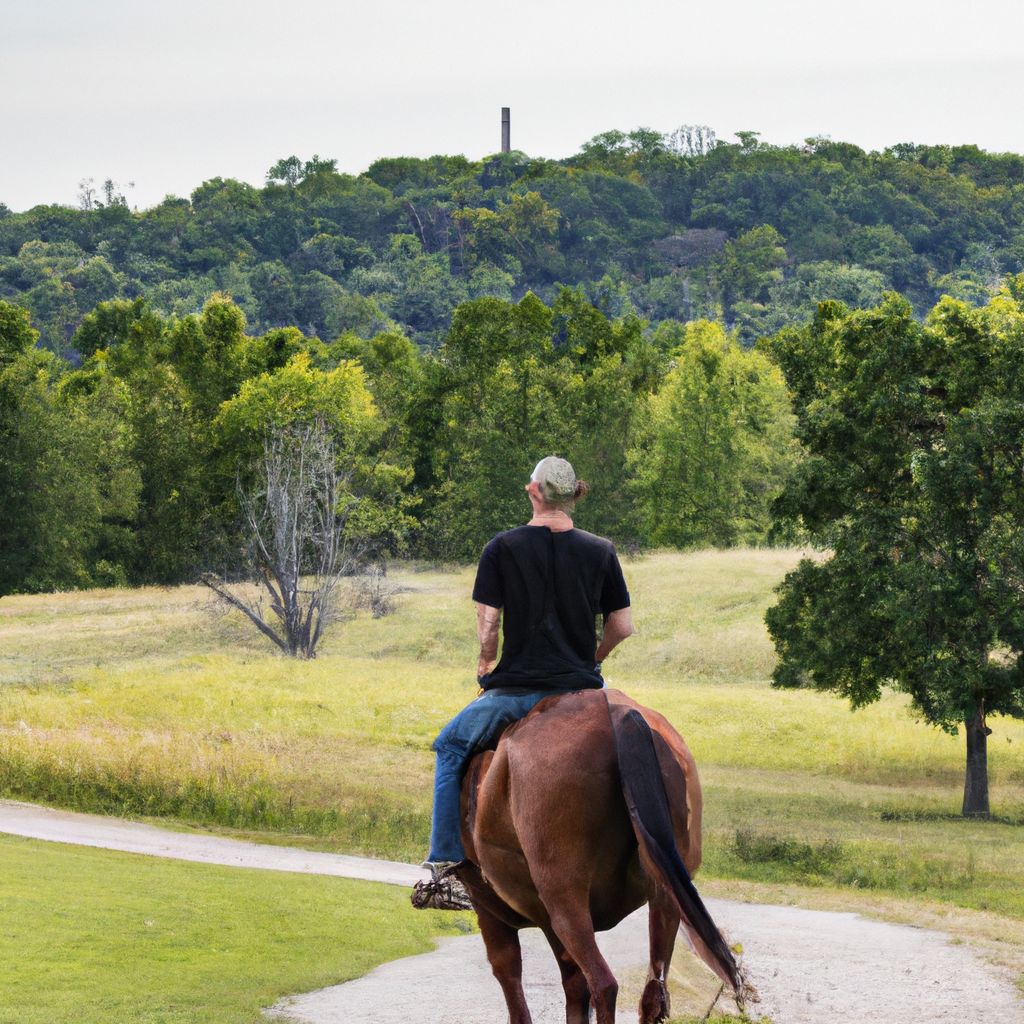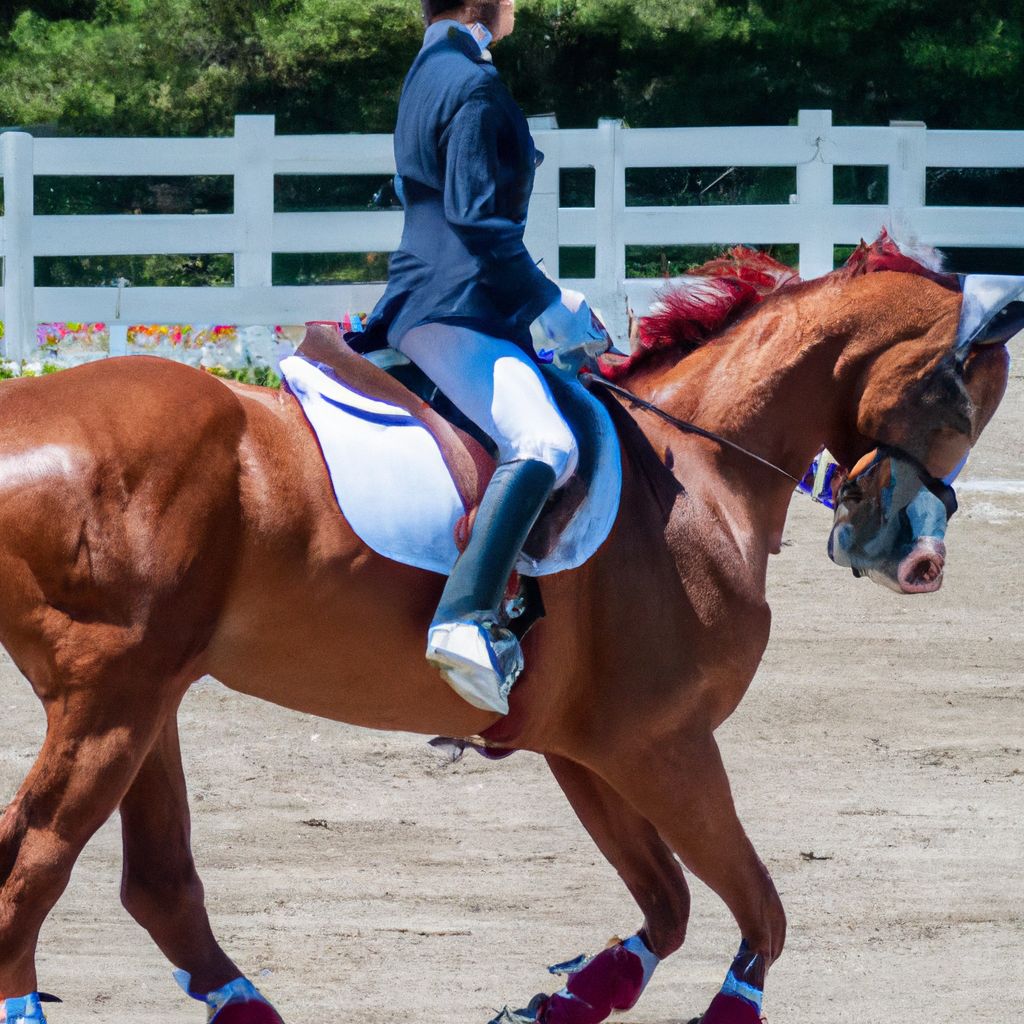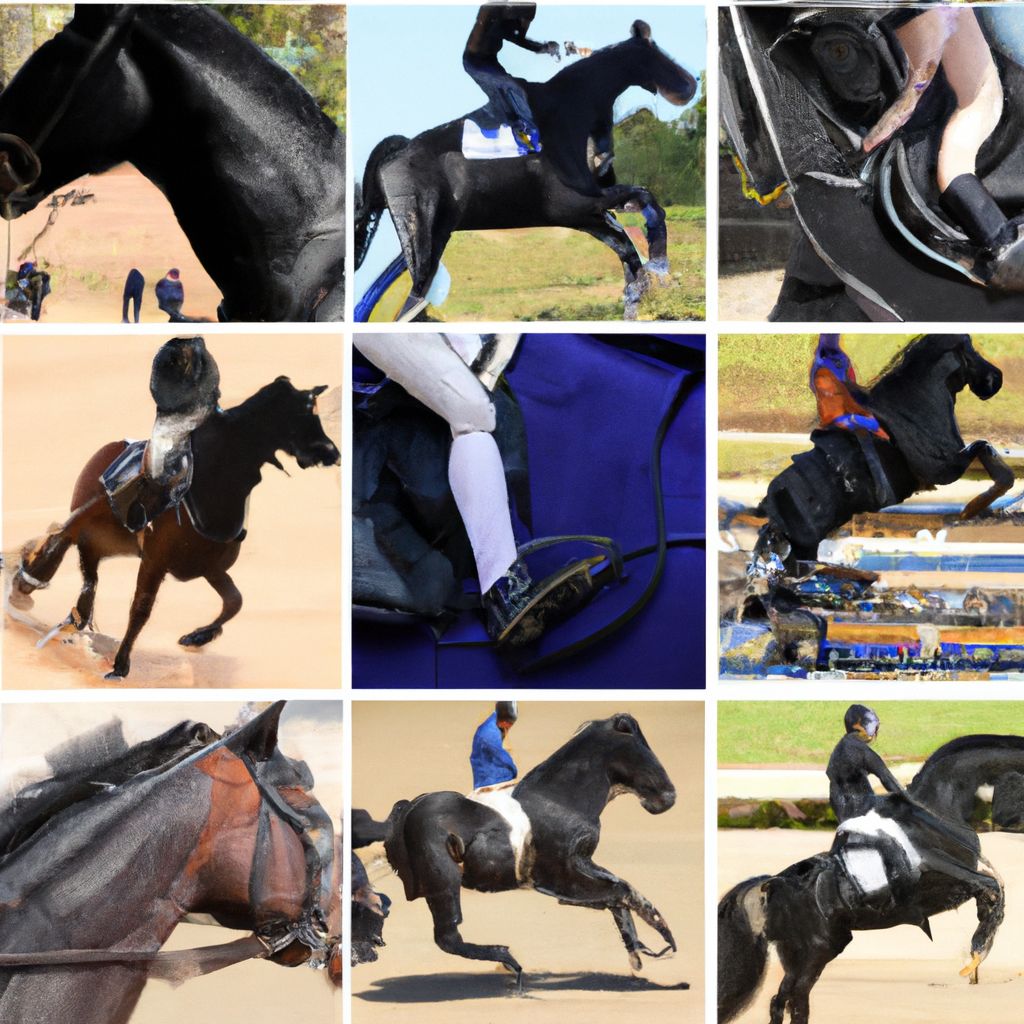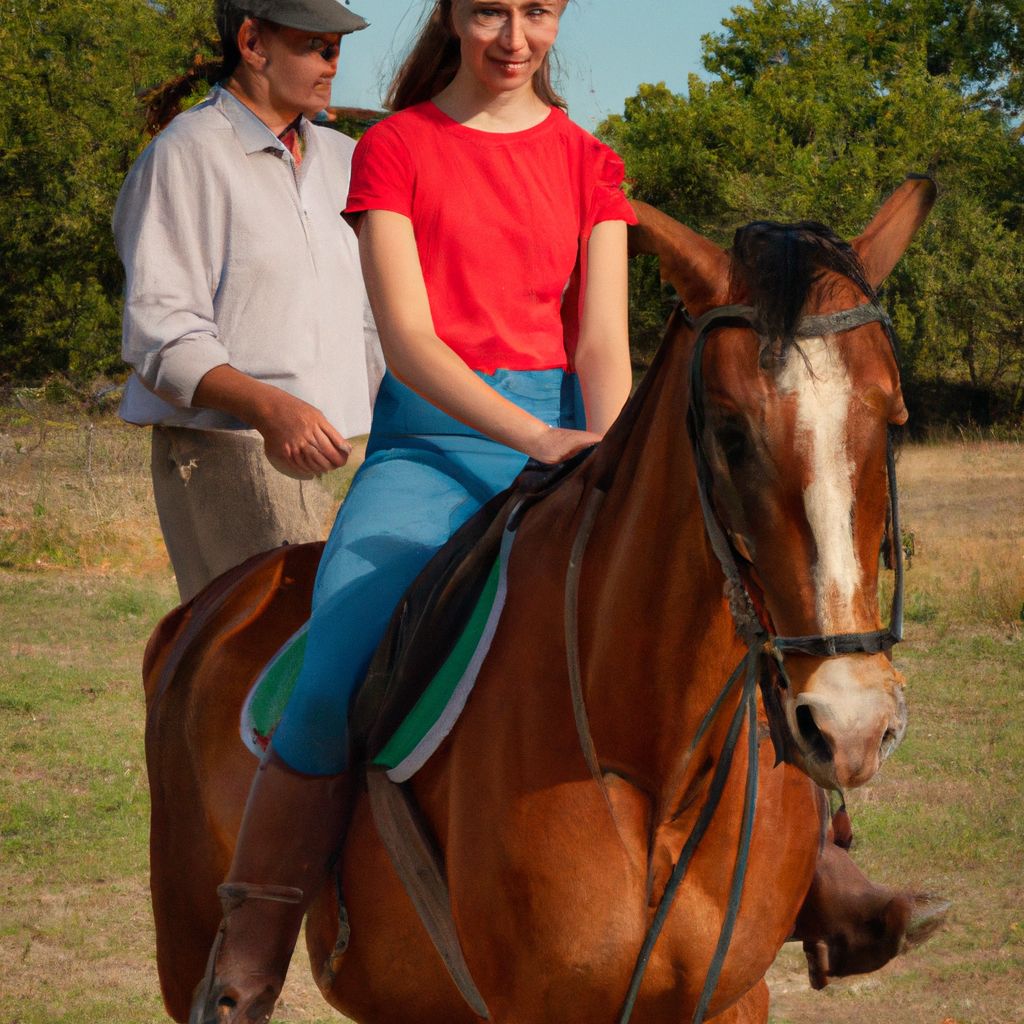- Understanding the Importance of Horse Riding Gear
- Different Types of Horse Riding Gear
- How to Choose the Right Helmet
- Selecting the Best Riding Boots and Gloves
- Choosing Suitable Riding Pants and Protective Vests
- Caring for Your Horse Riding Gear
Understanding the Importance of Horse Riding Gear
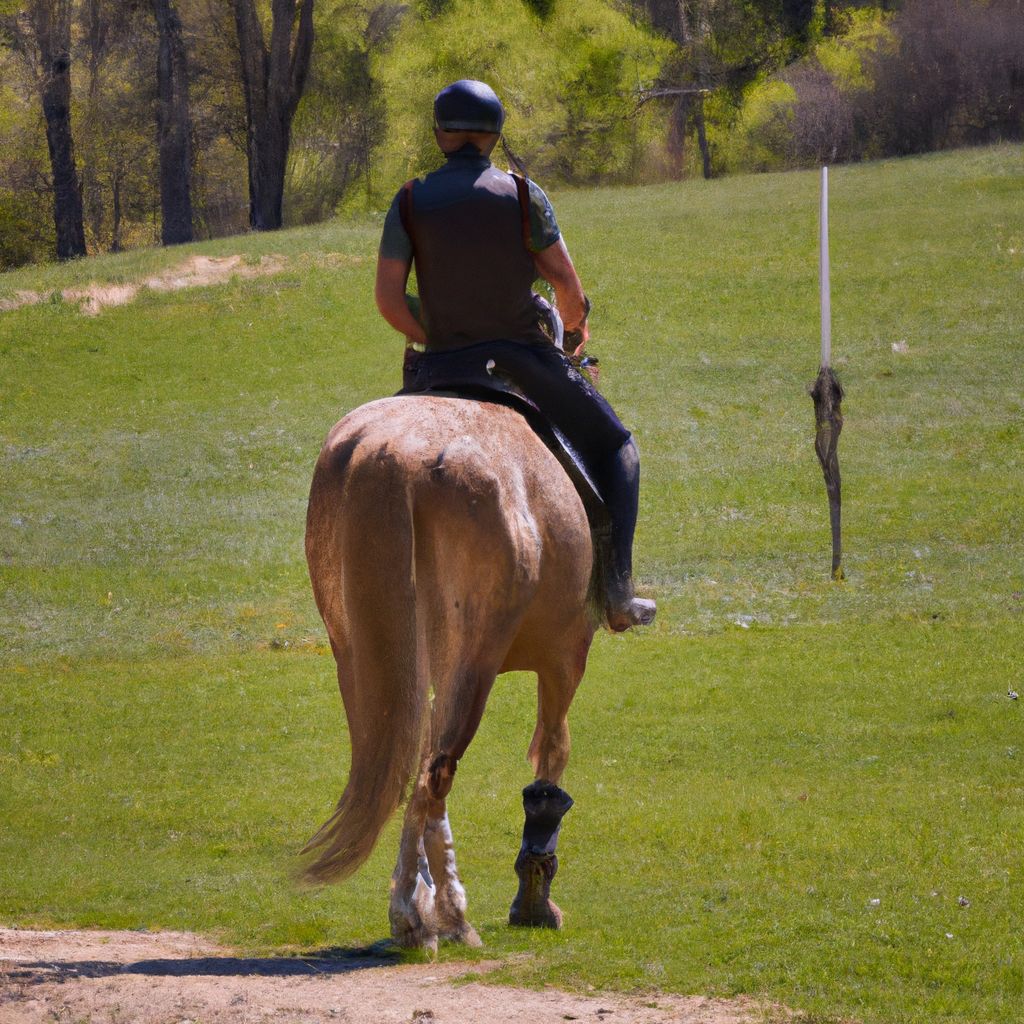
It is crucial for every equestrian, whether a novice or a seasoned professional, to understand the importance of wearing the right horse riding gear. The primary reasons for this are safety and comfort. When you equip yourself with appropriate gear, you significantly decrease the risk of injuries while ensuring a comfortable riding experience.
The Consequences of Inadequate Gear
Not wearing appropriate horse riding gear can have severe consequences. According to the Centers for Disease Control and Prevention (CDC), in the United States alone, approximately 30 million people ride horses each year. Out of these, an estimated 78,000 end up in emergency rooms due to horse-related injuries. The CDC further reports that head injuries account for about 60% of deaths resulting from horse-related accidents, underscoring the need for protective headgear.
"A study published in the Journal of Neurosurgery: Pediatrics suggests that horse riding has a higher hospital admission rate for head injuries than motorcycling or cycling."
This statistic underscores the criticality of wearing appropriate horse riding gear, primarily a good-quality riding helmet. Other injuries that can result from not using suitable equipment include broken bones, chest injuries, and foot injuries.
Not wearing proper riding gear can also lead to discomfort and a less enjoyable riding experience. For instance, without the right gloves, riders may experience blisters and discomfort in their hands. Similarly, wearing incorrect footwear can lead to foot pain and even injuries.
In the next sections, we will delve deeper into various types of horse riding gear, their importance, and how to choose the right ones.
Different Types of Horse Riding Gear
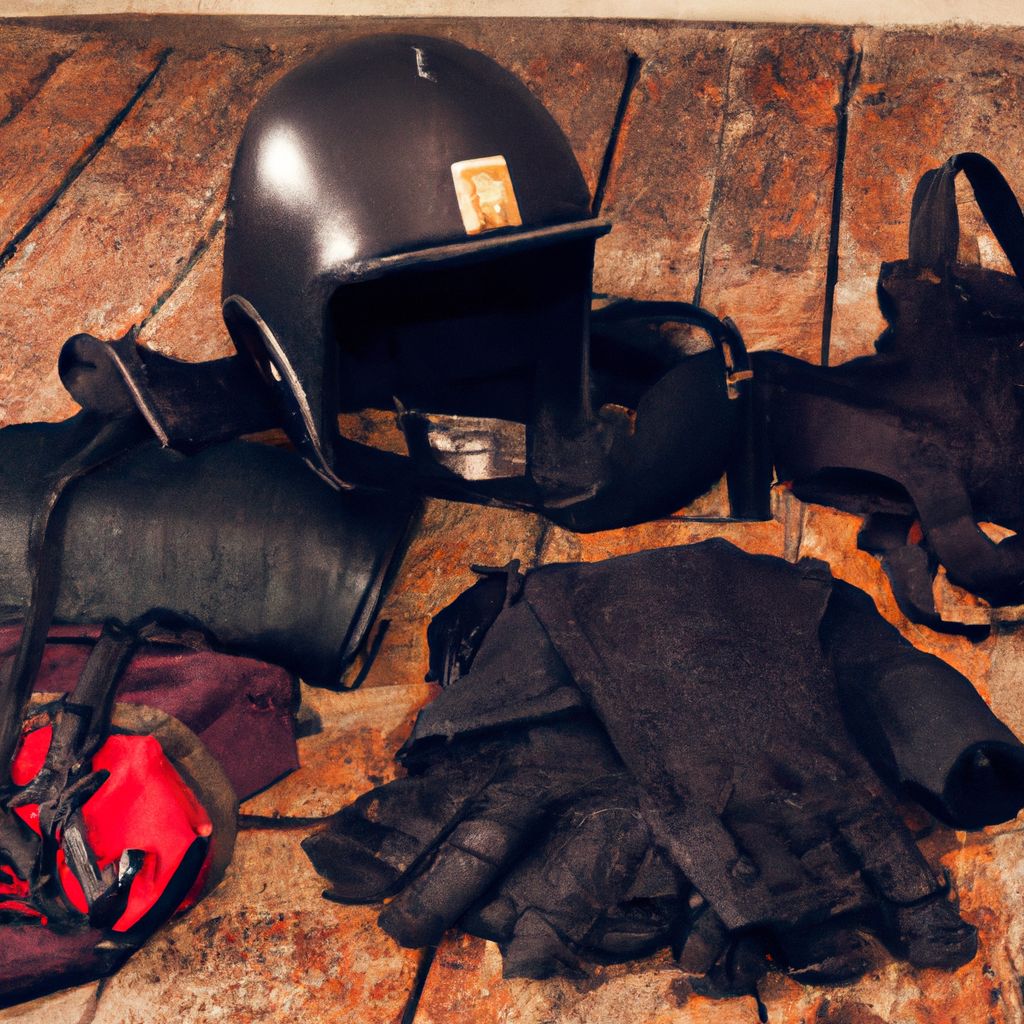
Different Types of Horse Riding Gear
- Helmets
- A horse riding helmet is a crucial piece of safety equipment that protects your head from potential injuries. It is specifically designed to withstand impacts and shield the rider's skull and brain in case of falls or accidental kicks from a horse. According to the American Association of Neurological Surgeons, wearing a helmet can reduce the risk of riding-related head injuries by 50%.
- Boots
- Riding boots offer protection to the rider's feet while providing a firm grip on the stirrups. They come in various styles, but all riding boots share specific characteristics - a flat sole and a distinct heel to prevent the foot from sliding through the stirrup. They're made from durable materials to withstand harsh riding conditions.
- Gloves
- Gloves are essential for maintaining a firm and comfortable grip on the reins. They protect the rider's hands from friction burns, blisters, and weather elements. They also provide additional wrist support.
- Riding Pants
- Riding pants, also known as breeches or jodhpurs, are designed for comfort and flexibility in the saddle. They're typically tight-fitting to prevent chafing and made from stretchy, durable materials to accommodate a rider's movements. Some designs also feature patches on the inner knee and seat for extra grip.
- Protective Vests
- While not mandatory, a protective vest can provide valuable protection to a rider's torso, particularly during high-risk equestrian activities like jumping or eventing. They're designed to absorb impact and protect against punctures, reducing the risk of serious injuries such as broken ribs or damage to internal organs.
Choosing the right gear not only contributes to a safer riding experience but also enhances comfort and performance. Therefore, it's essential to understand the purpose of each piece and select gear that fits well and meets your specific riding needs.
How to Choose the Right Helmet
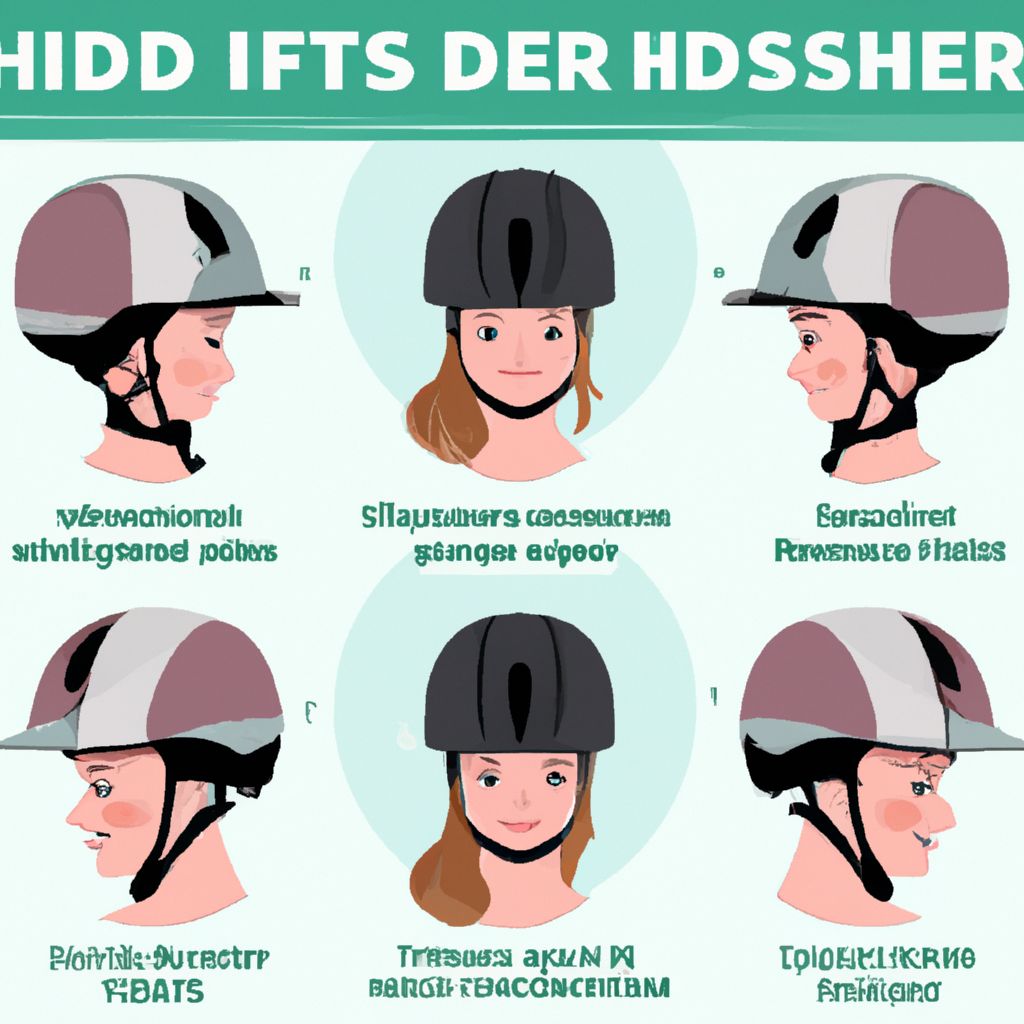
Choosing the Right Riding Helmet
When it comes to selecting a riding helmet, three key factors should be considered - comfort, fit, and safety ratings.
- Safety Ratings: You should only consider helmets that meet or exceed established safety standards. In the United States, the most common safety certification is ASTM/SEI. The helmet should carry a sticker inside verifying that it meets these standards.
- Comfort: It's essential to choose a helmet that feels comfortable. Look for one with adequate ventilation to keep your head cool during rides. The lining should be soft and absorbent for added comfort and ease of cleaning.
- Fit: A well-fitting helmet sits snugly on your head without causing discomfort. It should not move around when you shake your head or tip forward when you look down.
There are numerous brands, materials, and styles to choose from when it comes to horse riding helmets. Brands like Troxel, Charles Owen, and Tipperary offer a wide range of helmets catering to different budgets and preferences.
The material of the helmet also plays a crucial role in its performance. Most riding helmets feature a hard outer shell made of ABS plastic, fiberglass, or carbon fiber, designed to distribute the force of impact. The inner lining typically consists of expanded polystyrene (EPS), a material that absorbs shock.
When it comes to style, it mostly boils down to personal preference. Some riders prefer the traditional look of a velvet-covered helmet, while others may opt for a modern, sporty style. However, style should never compromise safety or comfort.
Fitting a Riding Helmet Correctly
Here are some tips on how to fit a helmet correctly:
- The helmet should sit level on your head, not tipped forward or backward.
- The chin strap should be snug but comfortable. You should be able to open your mouth wide without discomfort.
- There should not be any pressure points or areas where the helmet pinches.
- If the helmet moves when you shake your head, it's too loose. If it feels uncomfortably tight, it's too small.
Remember, a well-fitted helmet can significantly reduce the risk of severe head injuries, making it a piece of gear worth investing time and effort into choosing correctly.
Selecting the Best Riding Boots and Gloves
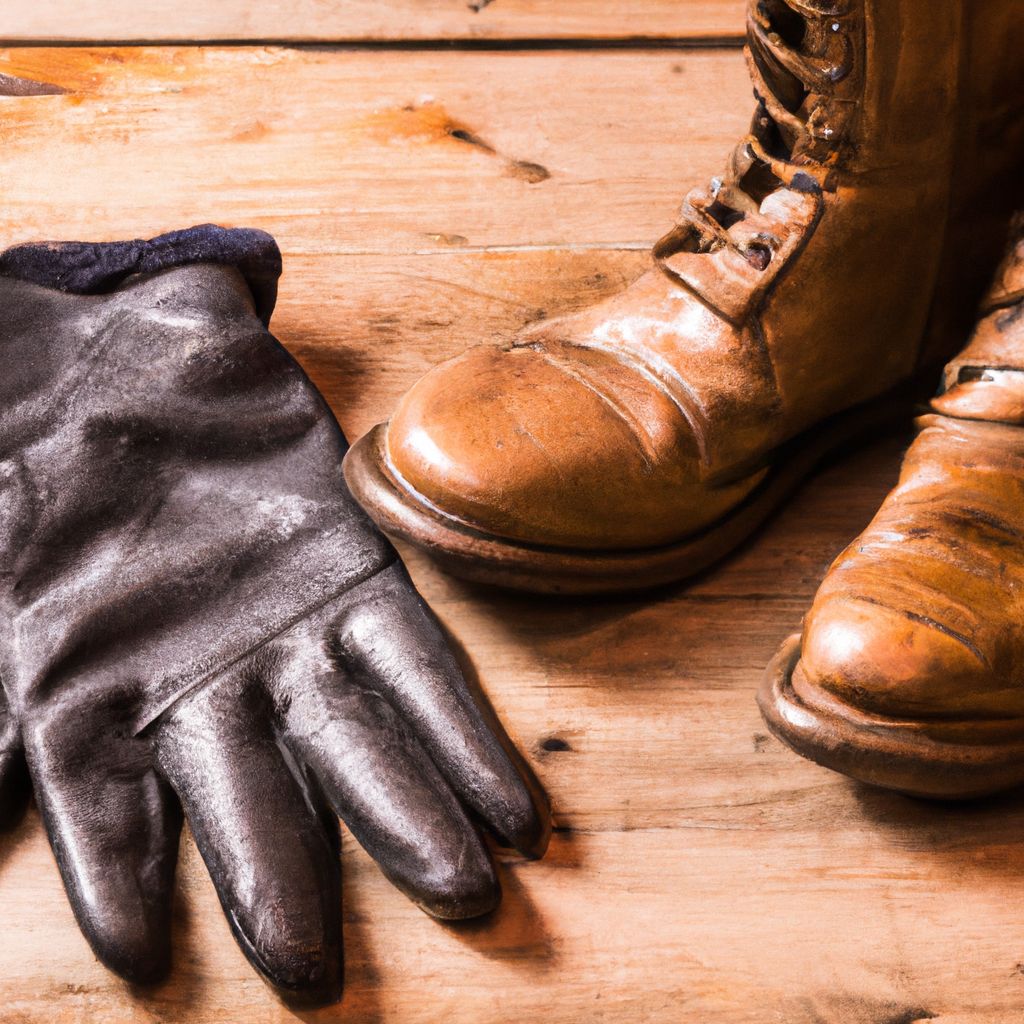
Choosing the Right Riding Boots
When selecting riding boots, consider the following factors:
- Type: There are two main types of riding boots - long boots (including dress boots and field boots) and short boots (also known as paddock boots or jodhpur boots). Dress boots are typically worn for formal equestrian events, while field boots with lacing at the ankle offer more flexibility, making them suitable for jumping disciplines. Short boots are often worn for everyday riding, paired with half chaps for added protection.
- Size: Boots should fit snugly around your foot and calf without being too tight. There should be enough room to wiggle your toes, but the heel should not lift off the boot's sole when walking.
- Material: Leather boots offer durability, comfort, and a traditional look. Synthetic boots can be a more affordable and low-maintenance alternative, although they may not last as long or offer the same level of support and breathability.
- Comfort: Comfort is crucial, especially when you're expected to wear the boots for extended periods. Look for boots with a comfortable insole and adequate arch support.
Selecting the Best Riding Gloves
Here are a few factors to consider when choosing riding gloves:
- Size: Gloves should fit snugly without restricting movement or cutting off circulation. Most manufacturers offer a size chart that you can refer to. Measure around your hand at the widest part, excluding the thumb, to get your glove size.
- Material: Leather gloves offer excellent durability and grip but may require more care. Synthetic gloves are easy to care for and often machine washable. Some gloves feature mesh or other breathable fabrics for added comfort during hot weather.
- Design: Look for gloves with reinforced patches in areas that come in contact with the reins for added durability. Some gloves also offer touchscreen compatibility, a useful feature in today's digital age.
Remember, the right boots and gloves contribute significantly to your safety, comfort, and effectiveness as a rider. Therefore, it's worth spending some time and effort to find the right pair.
Choosing Suitable Riding Pants and Protective Vests
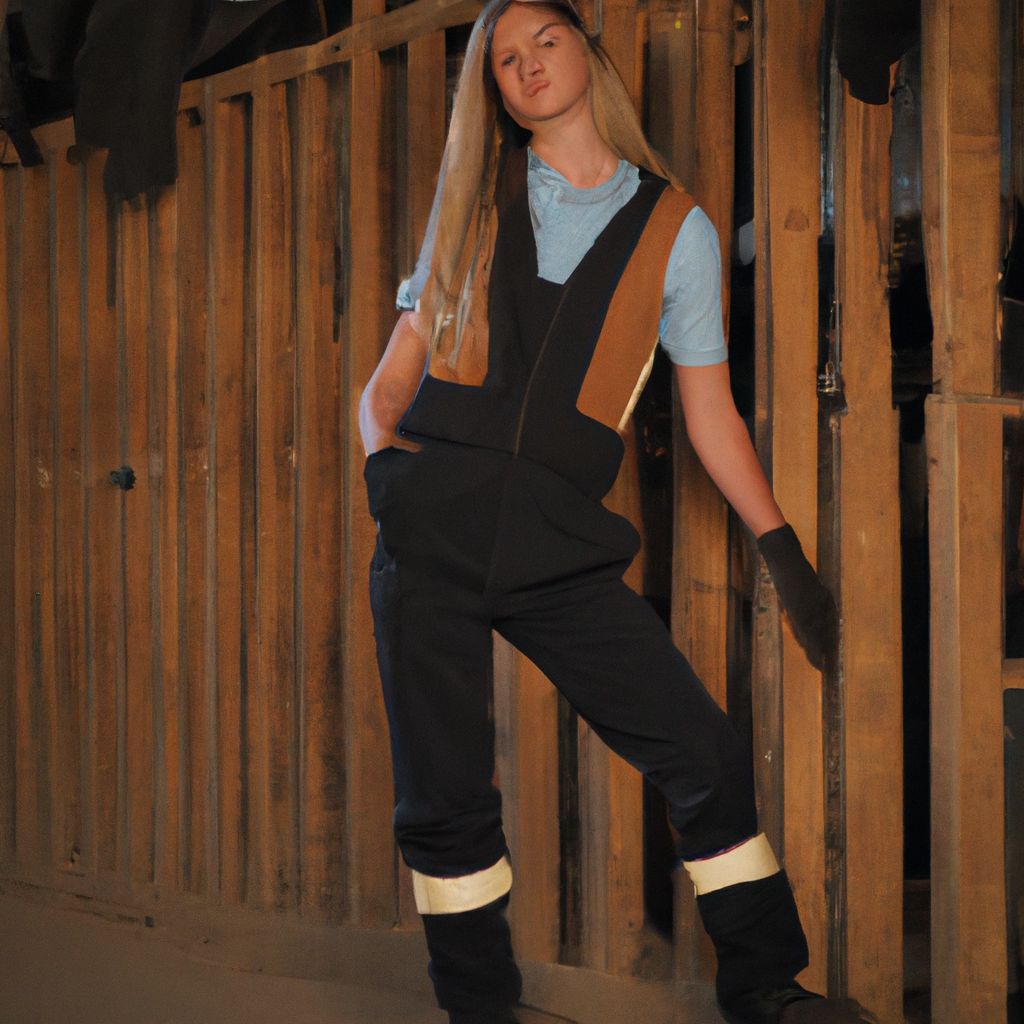
Selecting the Right Riding Pants
Riding pants, or breeches, play a significant role in comfort and performance while riding. Here are some factors to consider when selecting the right pair:
- Type: There are several types of riding pants, including full seat breeches, knee patch breeches, and jodhpurs. Full seat breeches provide the most grip as they have a suede or synthetic patch covering the entire seat and inner leg. Knee patch breeches only have the patch on the inner knee, while jodhpurs are similar but extend down to the ankle.
- Material: Common materials for riding pants include cotton, polyester, and microfiber blends. Look for materials that are breathable, stretchy, and durable. Some riding pants also feature moisture-wicking technology for added comfort.
- Fit: The pants should fit snugly but not restrict movement. They should be comfortable in the saddle and not bunch up or pinch.
- Brand: Brands like Ariat, Pikeur, and Kerrits offer a wide range of riding pants with various features and price points.
Choosing a Protective Vest
A protective vest can provide an additional layer of safety, especially during high-risk equestrian activities. Here's what to consider when choosing one:
- Safety Ratings: Like helmets, protective vests should meet certain safety standards. Look for vests certified by organizations like the ASTM or BETA.
- Fit: A properly fitting vest should cover your torso from the collarbone to the bottom of the rib cage. It should be snug but not restrict movement.
- Comfort: Since vests can be quite warm, look for designs with breathable materials. Some vests also feature adjustable lacing or straps for a more customized fit.
- Type: There are two main types of protective vests - body protector vests and air vests. Body protector vests are worn like a jacket and provide constant protection, while air vests inflate upon impact or when the rider is thrown from the horse.
It's worth noting that while protective vests can reduce the risk of certain injuries, they are not a substitute for proper riding technique and safety measures.
Caring for Your Horse Riding Gear
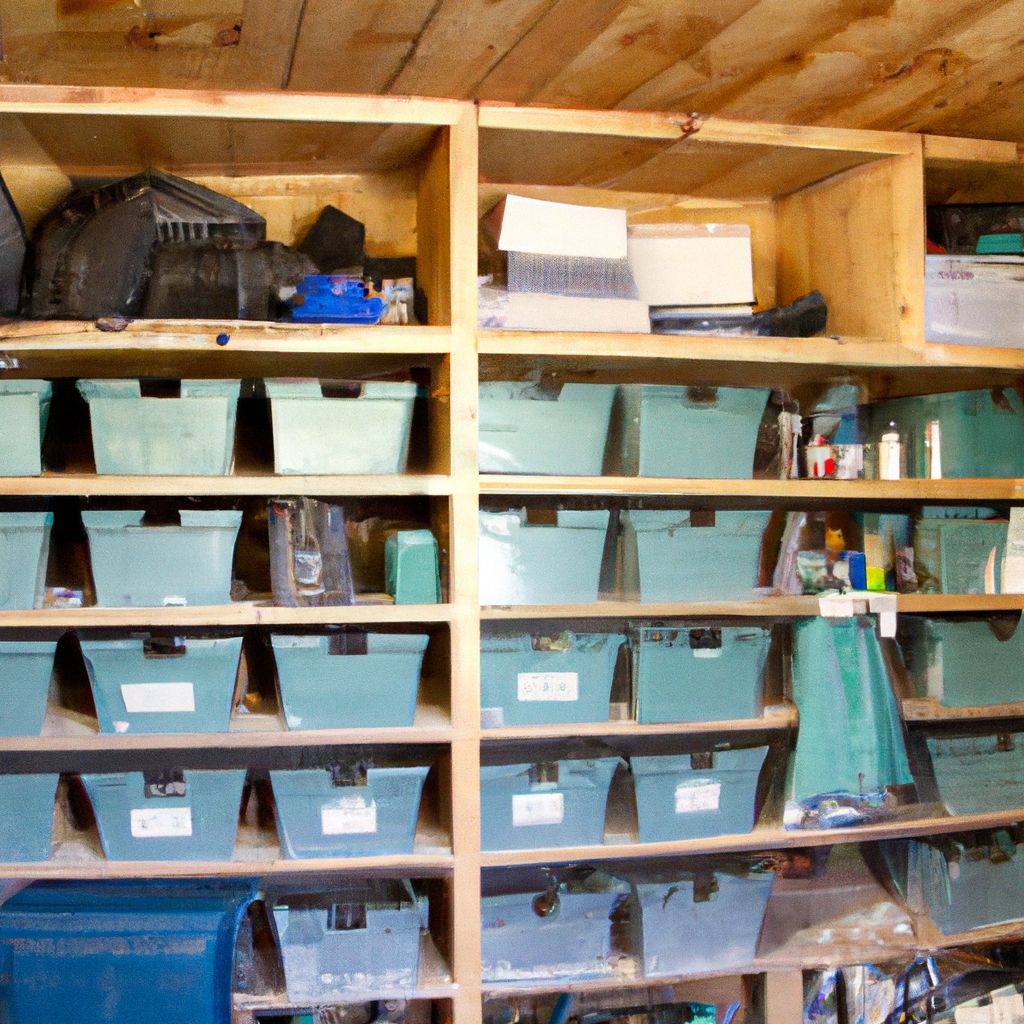
Caring for Your Horse Riding Gear
Proper care and maintenance of your horse riding gear not only ensures its longevity but also maintains its performance and safety features. Here are some tips:
- Helmets:
- Regularly clean the exterior of your helmet with mild soap and water. The interior can often be cleaned with a damp cloth. Avoid using harsh chemicals that could degrade the helmet's materials. Always store your helmet in a cool, dry place, away from direct sunlight. Replace your helmet every 3-5 years, or immediately after a fall or impact.
- Boots:
- Keep leather boots clean by wiping them down with a damp cloth after each ride. Use a leather conditioner or polish to maintain their shine and flexibility. Store them in a dry place to prevent mold and mildew. Synthetic boots can usually be cleaned with soap and water.
- Gloves:
- Gloves should be cleaned based on the manufacturer’s instructions, as the cleaning method varies based on the material. Leather gloves usually require special leather cleaners, while synthetic gloves can often be machine washed. Always allow gloves to air dry, away from direct heat sources.
- Riding Pants:
- Most riding pants can be machine washed and tumble dried. However, always check the care label first. Avoid using fabric softener, as it can degrade the stretchy materials commonly used in riding pants.
- Protective Vests:
- Body protectors should be cleaned with a damp cloth and mild soap. Air vests can usually be wiped down with a cloth. Always refer to the manufacturer's instructions for specific care advice. Remember to replace your vest as recommended by the manufacturer or if it shows signs of damage.
Regularly inspect your gear for signs of wear and tear. Damaged gear may not provide the same level of protection and should be replaced immediately. Remember, your safety is paramount, and well-maintained gear is a crucial part of that.


